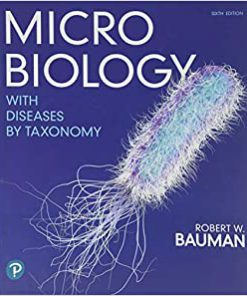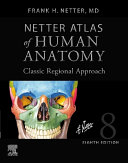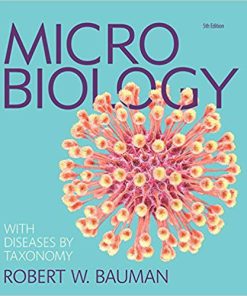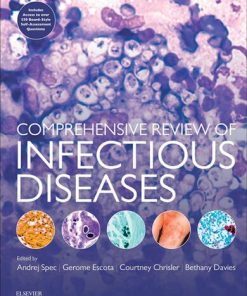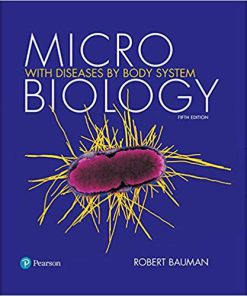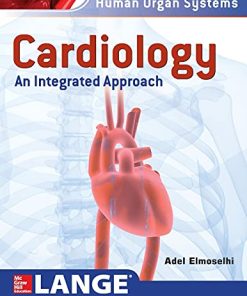(eBook PDF) Handbook of Foodborne Diseases (Food Microbiology)
$50.00 Original price was: $50.00.$35.00Current price is: $35.00.
(eBook PDF) Handbook of Foodborne Diseases (Food Microbiology) – Instant Download
(eBook PDF) Handbook of Foodborne Diseases (Food Microbiology) – Digital Ebook – Instant Delivery Download
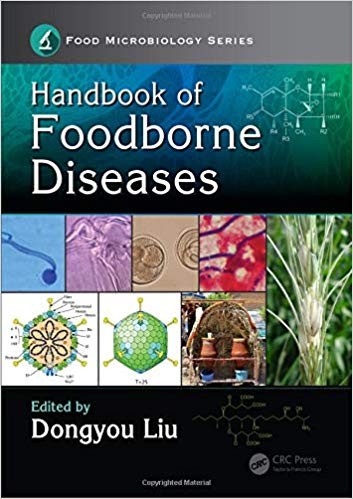
Product details:
- ISBN-10 : 1138036307
- ISBN-13 : 978-1138036307
- Author: Dongyou Liu, Ph.D.
Clearly linked to consumption of foods, beverages, and drinking water that contain pathogenic microbes, toxins, or other toxic agents, foodborne diseases have undergone a remarkable change of fortune in recent decades, from once rare and insignificant malaises to headline-grabbing and deadly outbreaks. Unquestionably, several factors have combined to make this happen. These include a prevailing demand for the convenience of ready-to-eat or heat-and-eat manufactured food products that allow ready entry and survival of some robust, temperature-insensitive microorganisms; a drastic reduction in the costs of air, sea, and road transportation that has taken some pathogenic microorganisms to where they were absent previously; an expanding world population that has stretched the boundary of human activity; and an ageing population whose weakened immune functions provide a fertile ground for opportunistic pathogens to invade and thrive.
Table contents:
Introductory remarks.
Foodborne diseases due to viruses.
Adenovirus. Astrovirus.
Enterovirus. Hantavirus.
Hepatovirus (HAV).
Kobuvirus (Aichi virus).
Orthohepevirus (HEV).
Norovirus. Rotavirus.
Sapovirus.
Torovirus.
Prion.
Foodborne diseases due to bacteria.
Gram-positive bacteria.
Bacillus (including cereulide and enterotoxins).
Clostridium (including botulinum toxin).
Enterococcus. Listeria.
Mycobacterium.
Staphylococcus (including toxins).
Streptococcus (including toxins).
Gram-negative bacteria.
Aeromonas.
Arcobacter.
Brucella.
Burkholderia.
Campylobacter.
People also search:
what are the 5 major foodborne illnesses
what are the 5 foodborne illnesses
what are the 4 common foodborne illnesses
a foodborne outbreak
a foodborne illness outbreak
a foodborne illness
You may also like…
Medicine - Neurology
Handbook Of Clinical Neurology: Human Prion Diseases 1st Edition Maurizio Pocchiari – eBook PDF
Medicine - Anatomy and physiology
Communication
Medicine - Cardiology



